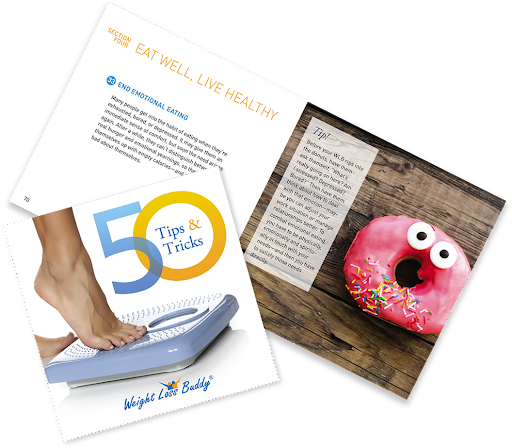What is the No-Sugar Diet, and is it Healthy?

When you’re thinking of overhauling your lifestyle for the better, nixing sugar is probably one of the first changes you think of. After all, over the past few years, sugar has been linked to a slew of health conditions, like type 2 diabetes, heart disease, and obesity. So, it’s hardly shocking that the popularity of the no-sugar diet is on the rise.
It’s clear that America has a sugar problem. While the Dietary Guidelines for Americans recommends that you have no more than 10 percent of your total daily calories from sugar (FYI: That’s 12 teaspoons in a 2,000-calorie diet), the average daily intake of added sugars is somewhere closer to 17 teaspoons among adults, per the Centers for Disease Control and Prevention (CDC). “The disparity between the actual and recommended doses of sugar is significant,” says Vanessa Rissetto, RD, the CEO and co-founder of Culina Health.
The main sources of sugar are sweetened beverages, desserts, and treats like cookies, brownies, cakes, pies, and ice cream, per the CDC, but you may not be aware that some of products you consume on a daily basis may have sugar in the mix too, according to Deborah Cohen, RDN, an associate professor in the department of clinical and preventive nutrition sciences at Rutgers University School of Health Professions. “High-fructose corn syrup, which is essentially sugar, is found in thousands of foods, including those that don’t even taste sweet—ketchup, canned soup, fast food, breakfast cereal, bread, peanut butter, and lunch meats,” she says.
Excerpted from Women’s Health













